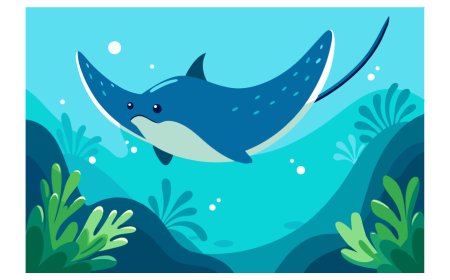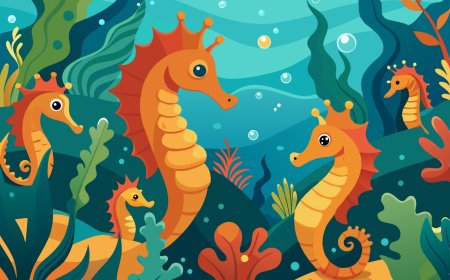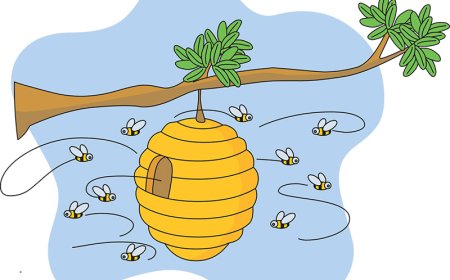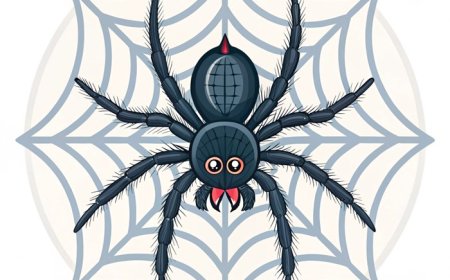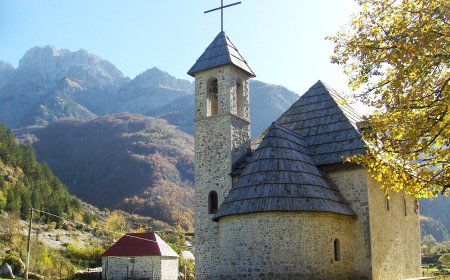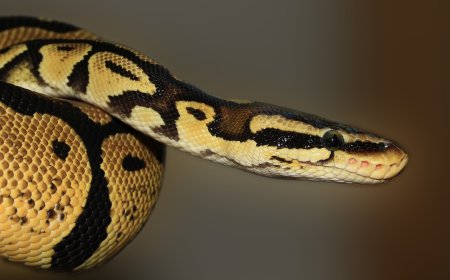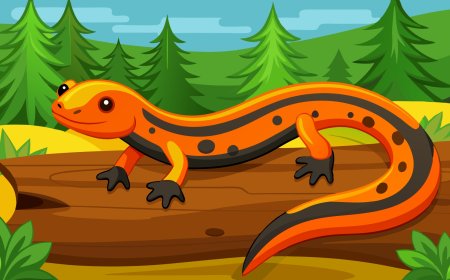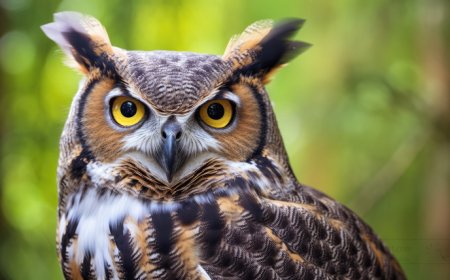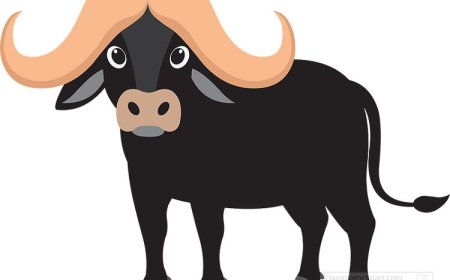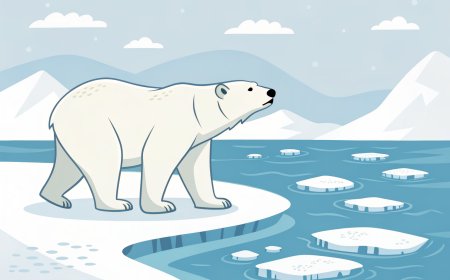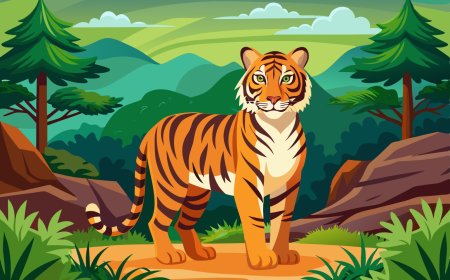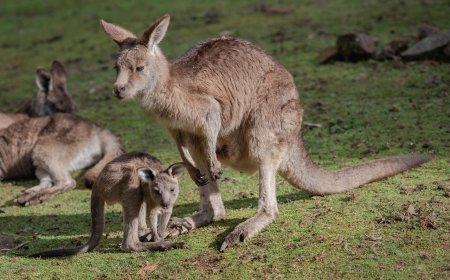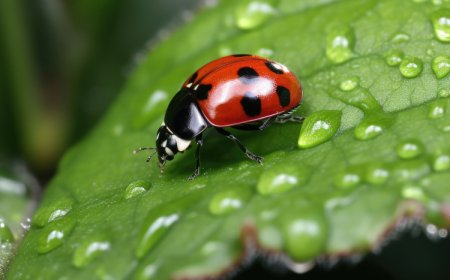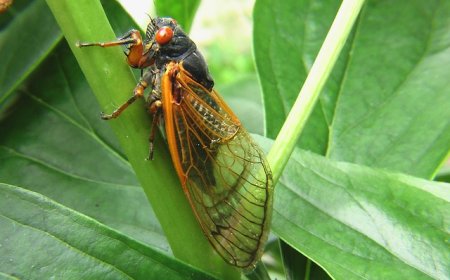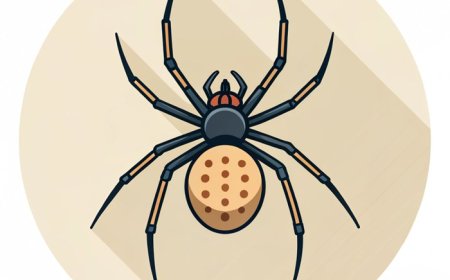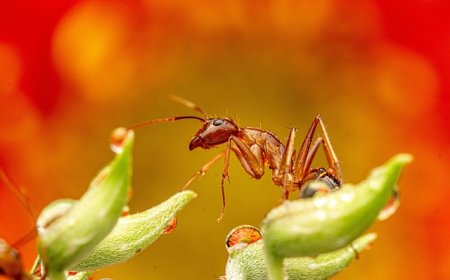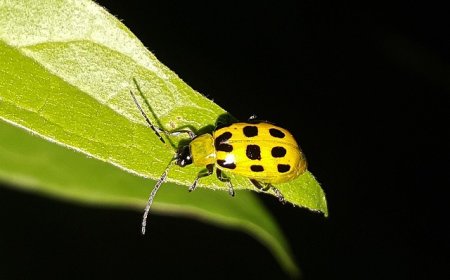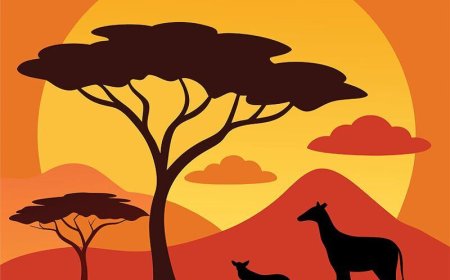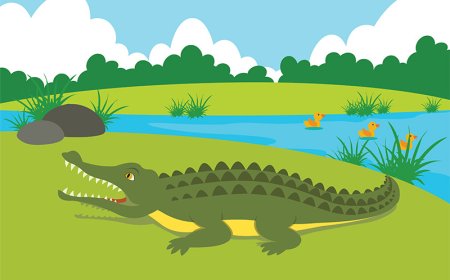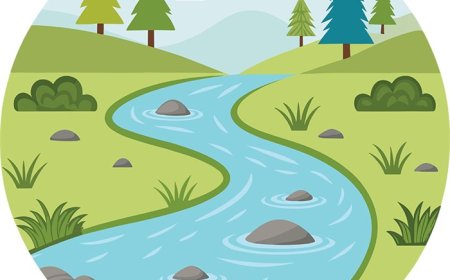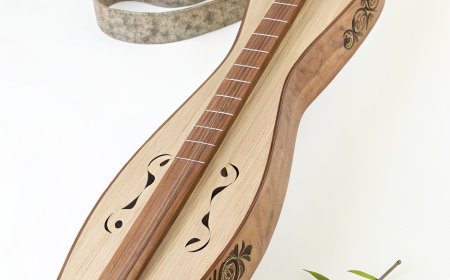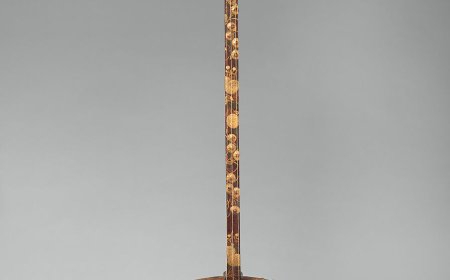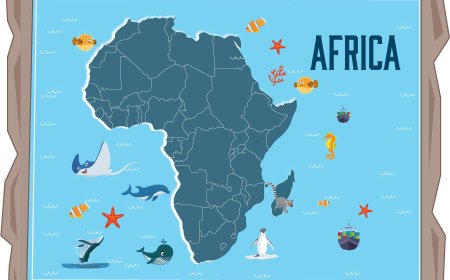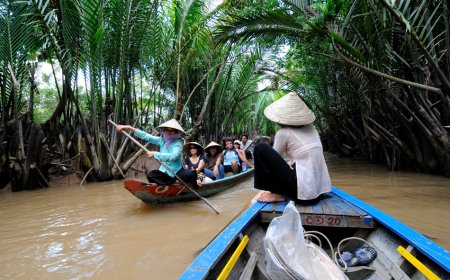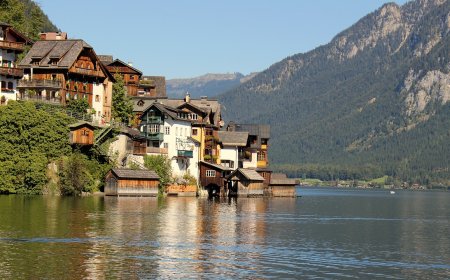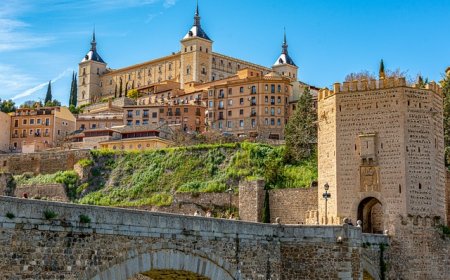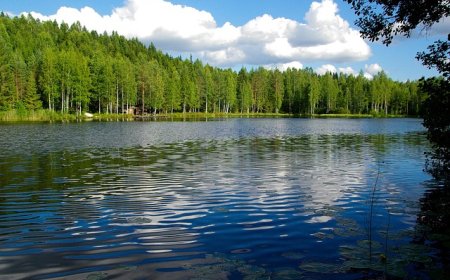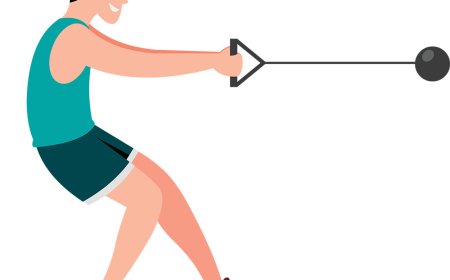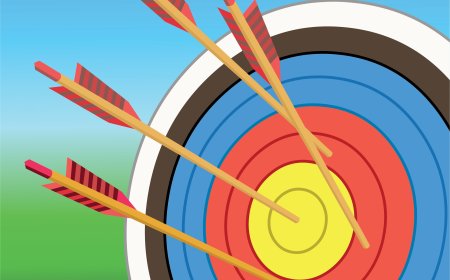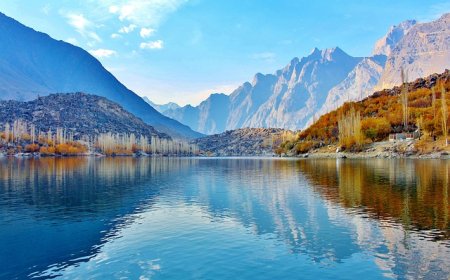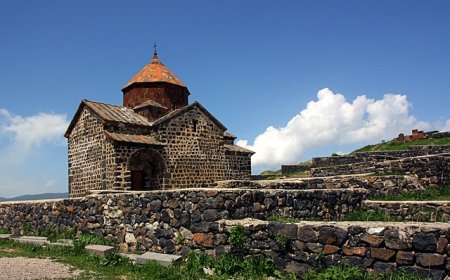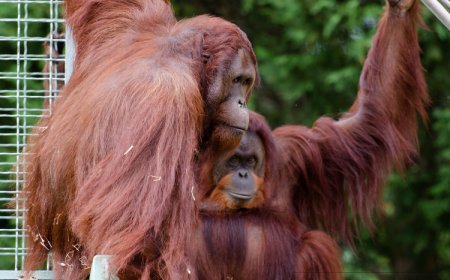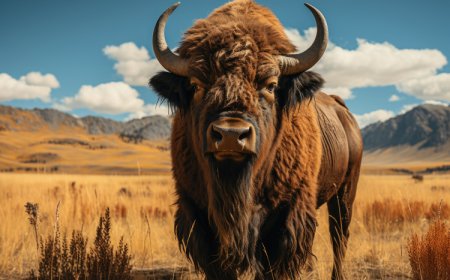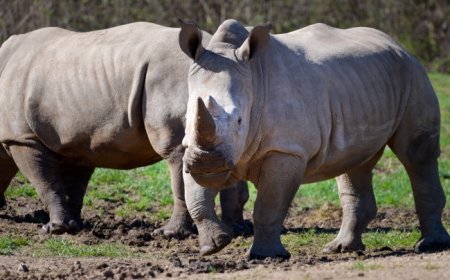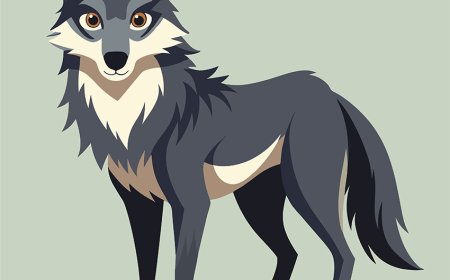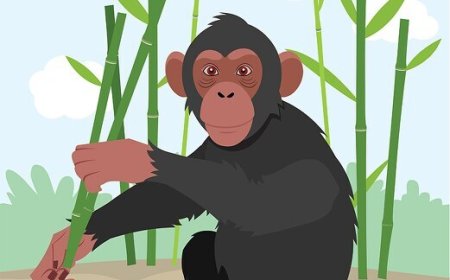All About Red Kangaroos for Students: Hoppers of the Australian Outback
Explore the powerful life of red kangaroos in this full-length article for students. Learn about their desert habitat, behavior, diet, and adaptations. Includes vocabulary, quiz, and kid-friendly summary
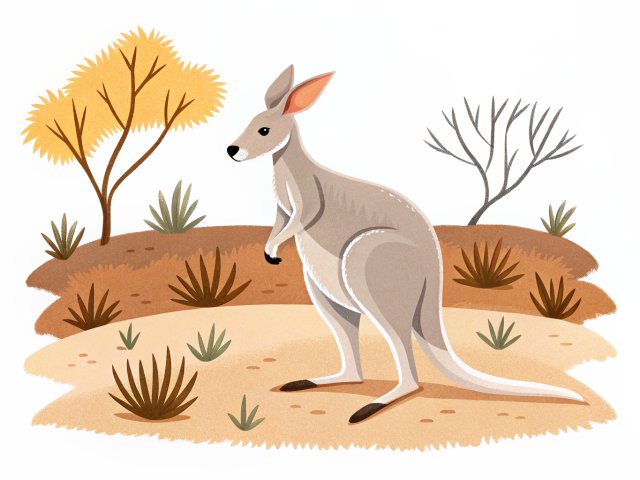
🦘 Red Kangaroos: Hoppers of the Australian Outback
The red kangaroo is one of the most famous and iconic animals of Australia. With its huge feet, powerful legs, and long tail, the red kangaroo is built for speed and distance, traveling the vast desert landscapes of Australia’s interior in giant leaps. It is also the largest marsupial in the world, and one of the most perfectly adapted mammals for life in dry, open environments.
Red kangaroos live in the harsh, sunny outback, where temperatures can soar above 100°F (38°C). But thanks to their incredible adaptations, kangaroos can thrive where few large mammals can survive. They are also known for being social animals, living in groups, raising young in pouches, and showing surprising intelligence and curiosity.
🌍 Habitat and Geographic Range
Red kangaroos are found across central and western Australia, in regions that are dry, flat, and mostly covered by grass, shrubs, and desert scrub. They prefer open plains and grasslands, but can also be found in dry forests and rocky areas.
They are nomadic, moving to wherever food and water are available. During dry seasons, red kangaroos may travel dozens of miles to find green plants. Because water sources are often spread out, they’ve evolved to survive with very little water, often getting moisture from the plants they eat.
Although red kangaroos live in some of the most remote parts of Australia, they are still sometimes seen near farms, roads, and even towns, especially when food is scarce.
🌿 Diet and Feeding Behavior
Red kangaroos are herbivores and feed mostly on grasses and other green plants. They are known as grazers, much like cows or deer. Their diet includes:
Green grasses and shoots
Shrubs and desert plants
Succulent leaves that hold water
Because they live in arid environments, red kangaroos have adapted to eat low-moisture plants and can go for weeks without drinking. Their efficient digestive system conserves water by producing dry feces and concentrated urine.
They usually feed in the early morning and late afternoon, when temperatures are cooler. During the heat of the day, kangaroos rest in the shade, lying on their sides or digging shallow pits to stay cool.
🦘 Physical Features and Adaptations
Red kangaroos are powerfully built animals. Adult males can stand over 6 feet tall (1.8 meters) and weigh over 200 pounds (90 kg). Females are smaller, often around 4.5 feet tall and much lighter. Despite their size, red kangaroos are incredibly fast and can leap more than 25 feet (7.6 meters) in a single bound.
Their physical adaptations include:
Large, strong hind legs for hopping long distances
Elastic tendons that store energy with each hop
Long, muscular tail for balance and support
Large ears that rotate to detect sounds
Short fur that reflects sunlight and helps them stay cool
They move by hopping on their powerful legs, using their tail as a third leg when walking slowly—a movement known as pentapedal locomotion.
🍼 Life Cycle and Reproduction
Red kangaroos are marsupials, which means females have a pouch where they carry and raise their babies. Mating can happen any time of year, especially after rainfall when food is plentiful.
After mating, the female gives birth to a tiny, jellybean-sized joey about 33 days later. The newborn crawls into the pouch and latches onto a teat to nurse. Inside the pouch, the joey continues to grow and develop for 6–8 months.
Red kangaroo mothers are remarkable because they can:
Pause pregnancies if conditions are bad
Produce different types of milk for joeys of different ages
Carry one joey in the pouch while another feeds outside
At around 8 months, the joey begins to leave the pouch but returns for feeding and protection. By 12 months, the young kangaroo becomes more independent, but it may stay close to its mother for several more months.
👥 Behavior and Social Life
Red kangaroos live in groups called “mobs”, usually made up of 2–10 individuals, though larger groups form where food is plentiful. These mobs are usually led by a dominant male, sometimes called a boomer, who has first access to females and protects the group from threats.
Kangaroos communicate using:
Thumping their feet to warn others of danger
Snorts and coughs when alarmed
Nose touching and grooming for social bonding
Male kangaroos often compete for mates by boxing—standing upright, balancing on their tails, and using their arms and legs to push and kick. These fights can look dramatic, but they usually end without injury.
Red kangaroos are mostly nocturnal or crepuscular, meaning they are active at night or during twilight hours, when it’s cooler.
⚠️ Threats and Conservation
Red kangaroos are currently not endangered. In fact, they are one of the most abundant large animals in Australia, with millions estimated across the continent. However, they still face challenges.
⚠️ Common threats include:
Drought, which reduces food and water availability
Vehicle collisions, especially at night on rural roads
Loss of habitat due to farming and land clearing
Hunting, both legal (as pest control) and illegal
Fencing, which can block migration routes or trap animals
🛡️ Conservation efforts:
Monitoring kangaroo populations to prevent overhunting
Building wildlife corridors and fences that allow safe crossings
Promoting humane management policies
Supporting research on how kangaroos help grassland ecosystems
Public education about coexisting with kangaroos in rural areas
Red kangaroos are a key species in Australia’s ecosystems and are protected in many national parks and reserves.
🎉 Fun Facts About Red Kangaroos
Red kangaroos can hop at 35 mph (56 km/h) for short distances
Their tails are strong enough to support their entire body weight
Only female kangaroos have pouches—males don’t!
A kangaroo's kick is strong enough to injure a predator
Joeys can pause development until the mother’s pouch is available
🧠 Vocabulary List
Marsupial – A mammal that raises its young in a pouch
Joey – A baby kangaroo
Grazing – Eating grass and other low-growing plants
Pentapedal locomotion – Using the tail as a fifth limb while walking
Crepuscular – Most active at dawn and dusk
Mob – A group of kangaroos
Dominant – The top-ranking member of a group
Elastic tendon – Tissue that stretches and helps store energy for movement
Habitat – The natural environment where an animal lives
Adaptation – A physical or behavioral trait that helps an animal survive
🧒 Kid-Friendly Summary
Red kangaroos are big, powerful animals that live in Australia’s deserts. They move by hopping on their back legs, and they have pouches to carry their babies. Red kangaroos eat grass and plants, and they can survive in hot, dry places without drinking much water.
These kangaroos are fun to watch, especially when they box with each other or leap through the desert. Even though they are not endangered, we still need to be careful to protect their land and help them stay safe in the wild.
